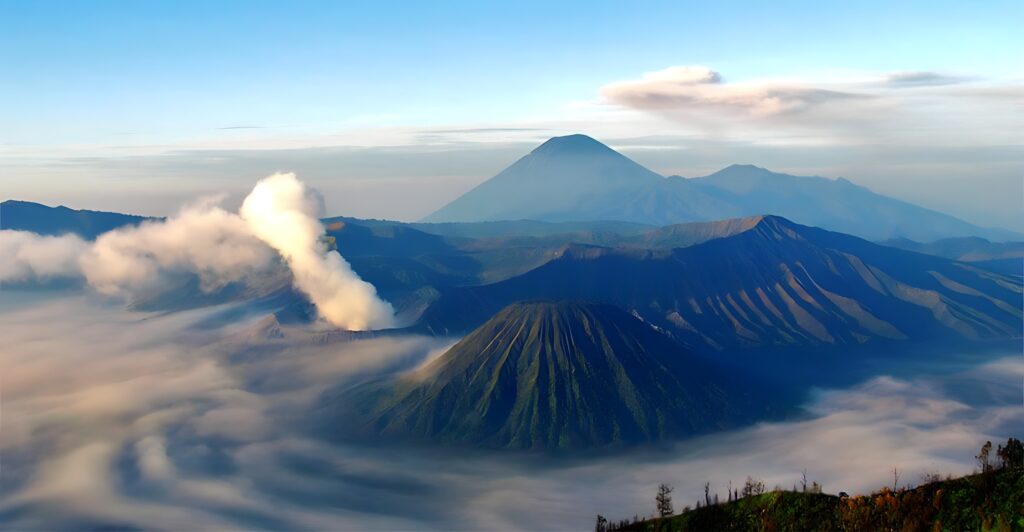
Mount Edgecumbe, located on Kruzof Island off the coast of Alaska, is a dormant volcano that has been quiet for over 800 years. Its last known eruption dates back to approximately 800 years ago, leaving it in a state of slumber for centuries. However, recent signs of volcanic activity have raised concerns among scientists and residents alike. In this article, we will explore Mount Edgecumbe’s history, its recent awakening, and the potential risks it poses to nearby communities.
The Geology of Mount Edgecumbe
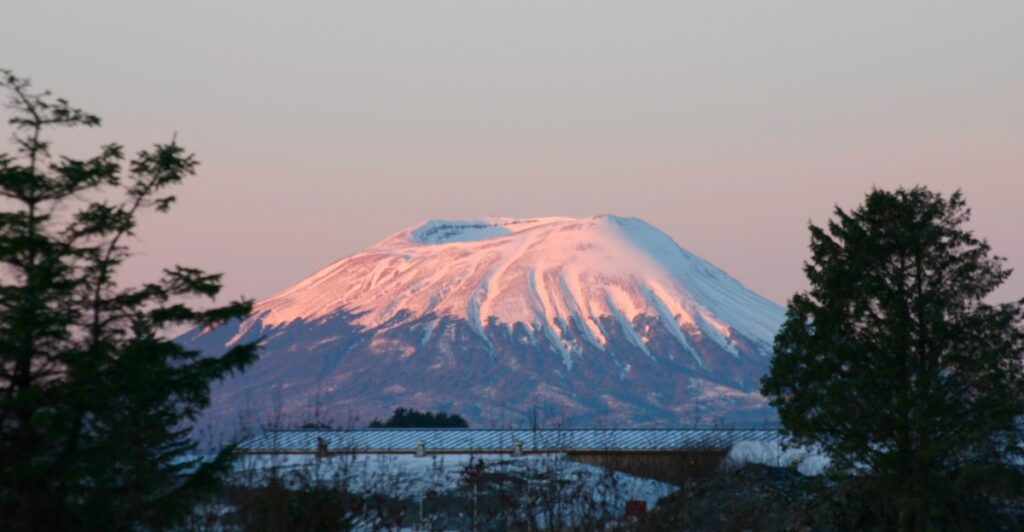
Mount Edgecumbe is part of the Aleutian volcanic arc, a chain of volcanoes formed by the tectonic activity where the Pacific Plate subducts beneath the North American Plate. This volcanic chain stretches from the Alaska Peninsula to the Kuril Islands. As a stratovolcano, Mount Edgecumbe was built through repeated eruptions over thousands of years, with layers of lava, ash, and volcanic debris accumulating over time.
These eruptions typically occur when magma rises through the Earth’s crust and erupts at the surface, forming the steep, cone-shaped volcano we see today. While Mount Edgecumbe has remained dormant for over 800 years, its geological history indicates it is part of a dynamic volcanic system, capable of future eruptions. Understanding its composition and tectonic environment helps scientists predict how and when this volcano might become active again.
The History of Mount Edgecumbe’s Activity
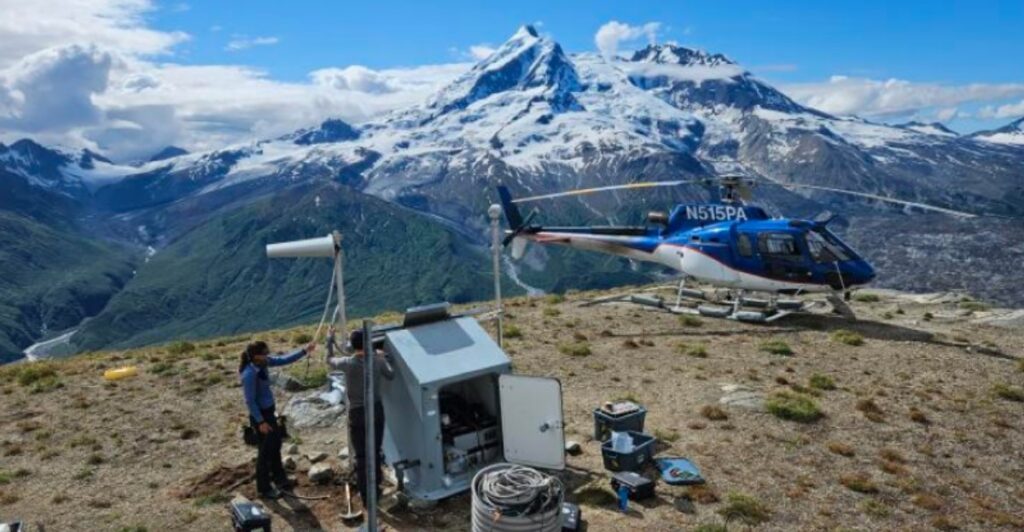
Mount Edgecumbe’s volcanic activity dates back thousands of years, though its most recent eruption occurred around 1,000 years ago. Throughout its history, it has erupted periodically, shaping the landscape of Kruzof Island. These eruptions, though not frequent, have left behind traces such as lava flows, ash deposits, and altered topography. The last eruption is believed to have been relatively small, but it significantly impacted the local environment. Since then, the volcano has remained dormant, with no signs of activity until recent years. Despite its long period of dormancy, Mount Edgecumbe is still considered an active volcano by geologists due to the underlying geothermal and seismic activity. Understanding the past eruptions helps scientists assess the volcano’s potential for future activity, which is why ongoing monitoring is crucial.
Recent Signs of Activity

In recent years, there have been subtle signs of volcanic activity beneath Mount Edgecumbe’s surface. Earthquakes and increased seismic activity near the volcano have been detected, suggesting that the magma chamber beneath the volcano may be moving. While these signs are not definitive proof of an impending eruption, they have led scientists to monitor the volcano more closely. These movements are often precursors to volcanic activity, and many are questioning whether Mount Edgecumbe is on the brink of waking up.
Why Did Mount Edgecumbe Stay Dormant for So Long?

One of the major mysteries surrounding Mount Edgecumbe is why it has remained dormant for so long. Most volcanoes experience cycles of eruption followed by periods of dormancy, but Mount Edgecumbe’s lengthy slumber suggests it may have experienced a particularly stable period. Factors such as a steady supply of magma or shifts in tectonic plate movements could have influenced the volcano’s inactivity. It’s possible that volcanic eruptions will resume when the conditions are right, but understanding why it stayed dormant for so long remains an ongoing research topic for scientists.
The Geothermal Activity Beneath the Surface
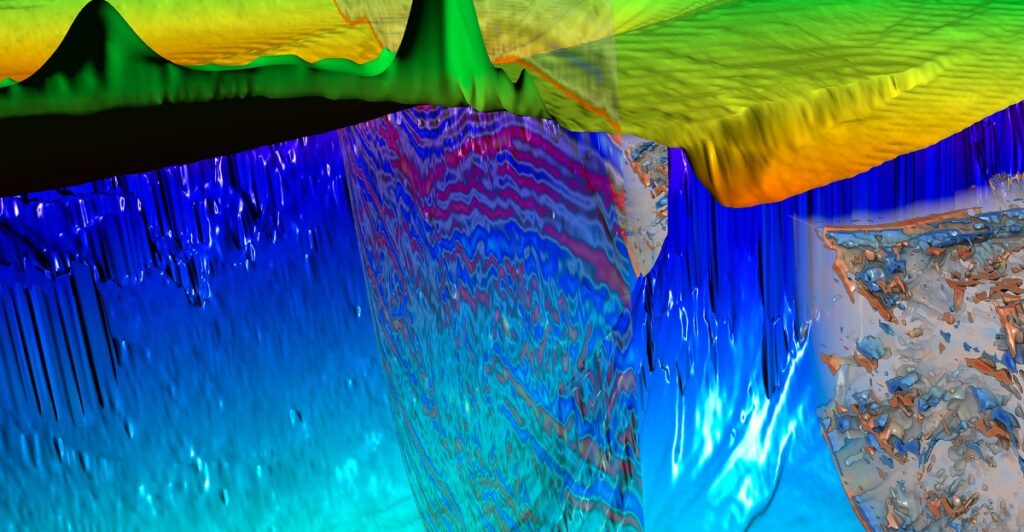
Despite Mount Edgecumbe’s apparent dormancy, the geothermal activity beneath the surface is still active. Researchers have discovered that the area around the volcano exhibits significant geothermal heat flow, a key indicator that magma is still present and capable of moving. This heat flow can be harnessed for geothermal energy, and it’s a reminder that Mount Edgecumbe still holds the potential for future eruptions, even after hundreds of years of dormancy. Studying the geothermal properties of the region helps scientists understand what may be occurring beneath the surface.
Monitoring Mount Edgecumbe: The Role of Scientists
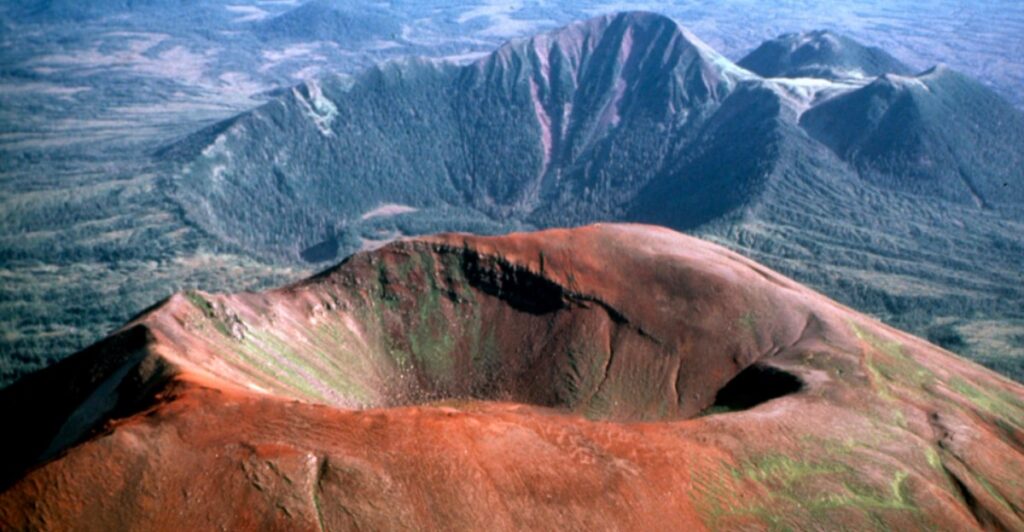
Scientists closely monitor Mount Edgecumbe using a combination of seismographs, satellite imagery, and ground-based surveys to track any signs of volcanic activity. In the past few decades, monitoring systems have become much more advanced, providing real-time data on seismic tremors, ground deformation, and gas emissions. Researchers from the Alaska Volcano Observatory (AVO) and other institutions constantly analyze the volcano to ensure public safety and to predict any future eruptions. Monitoring Mount Edgecumbe is an ongoing effort to stay ahead of potential volcanic hazards.
Potential Hazards and Risks of an Eruption
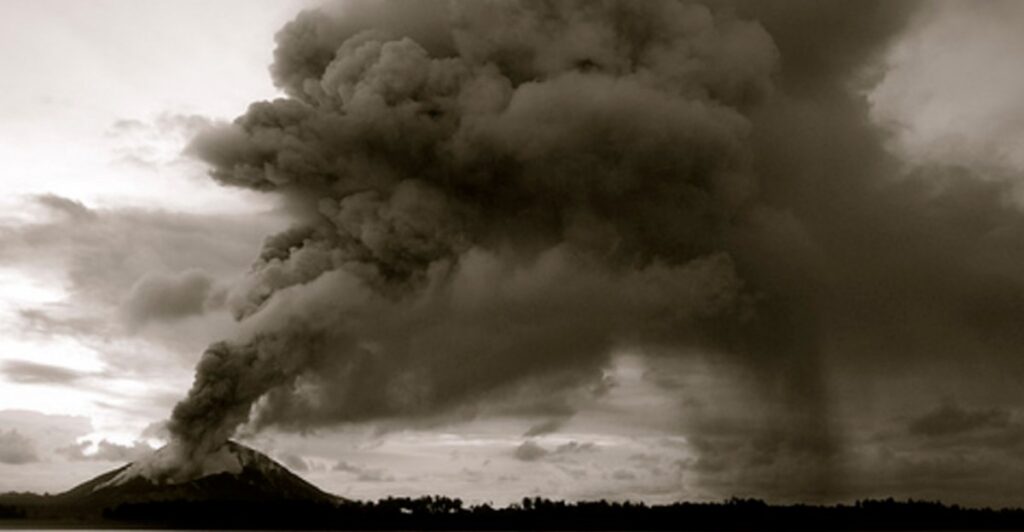
While Mount Edgecumbe’s eruption history has been relatively mild, any future eruption could pose significant risks to nearby communities. The volcano’s proximity to populated areas, such as the city of Sitka, means that an eruption could have devastating consequences. Ashfall, lava flows, and pyroclastic flows are just a few of the hazards that could impact the region. Additionally, even a minor eruption could disrupt air travel, tourism, and the local economy. Understanding these risks is crucial for local authorities and emergency planners in preparing for potential disasters.
Impact on the Surrounding Ecosystem
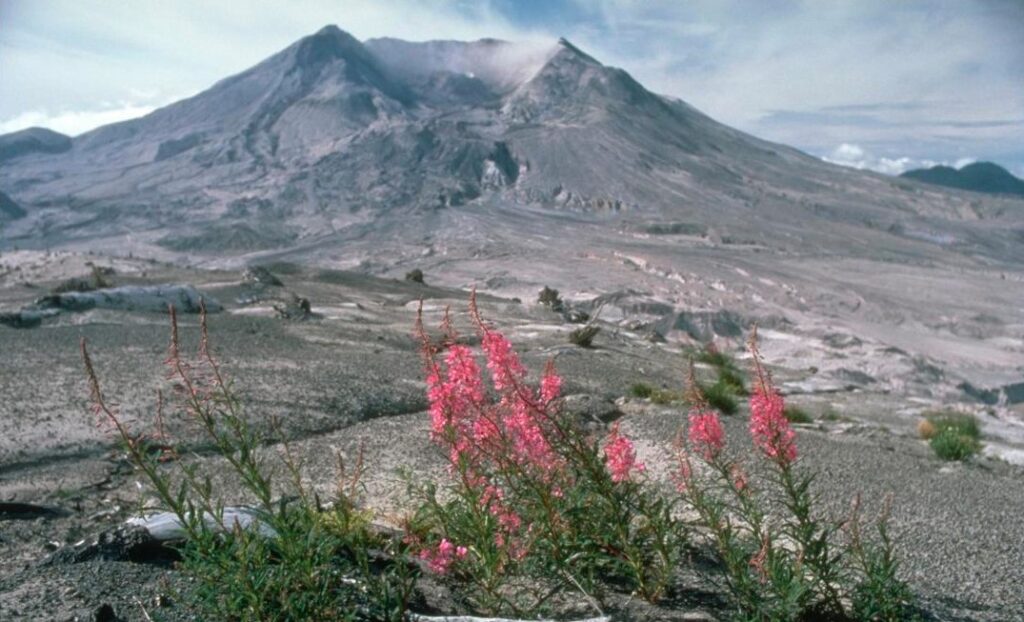
If Mount Edgecumbe were to erupt again, the surrounding ecosystem would experience significant changes. The island’s diverse flora and fauna, which rely on a relatively stable climate, could be affected by ash fall and changes in soil composition. Vegetation may be smothered by ash, and animals could lose their habitats. However, volcanic eruptions also bring opportunities for new ecosystems to form, as lava flows and ash deposits create new soil for plant growth. Over time, nature would likely recover, but the initial impact could be severe for local wildlife.
Historical Accounts and Native Knowledge
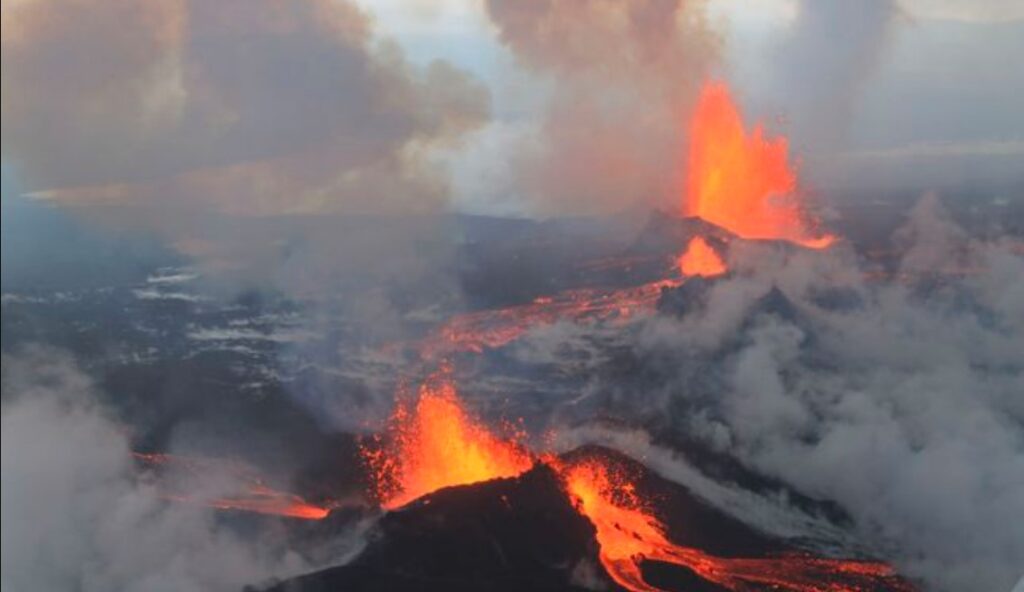
Native Alaskan communities, particularly those of the Tlingit and Haida peoples, have long passed down oral histories and stories related to the volcano’s activity. These communities lived in close proximity to Mount Edgecumbe and were aware of its potential dangers. Some stories suggest that eruptions of the volcano were significant events in their cultural and spiritual histories. Understanding the historical perspective of local communities adds a rich layer to modern scientific knowledge, and underscores the importance of integrating indigenous knowledge with contemporary research.
The Role of Volcanoes in Alaska’s Landscape
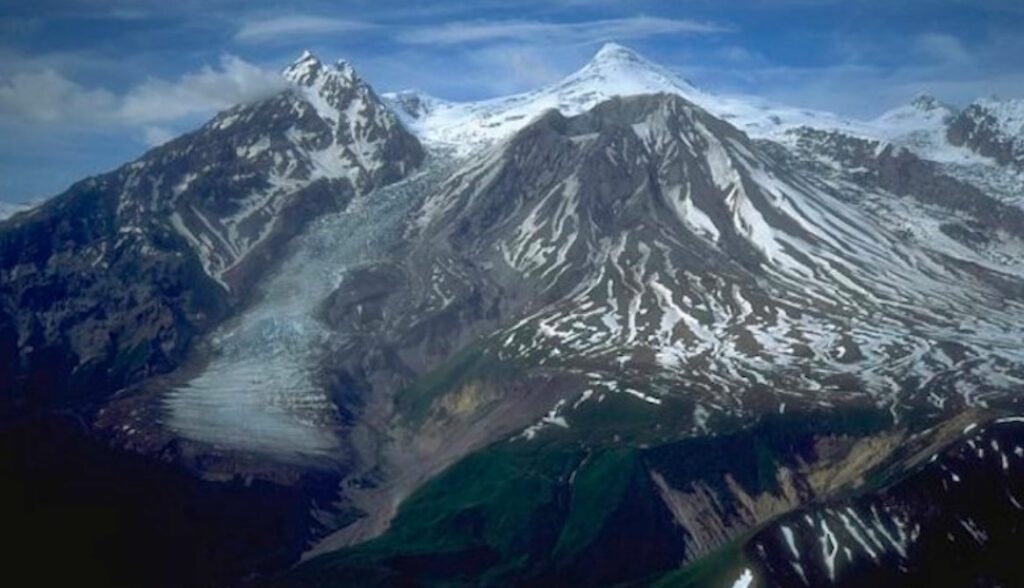
Alaska is home to over 130 volcanoes, many of which are active or dormant. The presence of so many volcanoes plays a significant role in shaping the state’s landscape, providing fertile soils, geothermal energy, and unique ecosystems. Mount Edgecumbe, though dormant, is a part of this broader volcanic landscape that has influenced both the natural environment and human habitation in the region. The volcanic activity throughout Alaska continues to shape its geological features, creating diverse landscapes that attract researchers and nature enthusiasts alike.
Preparing for a Future Eruption
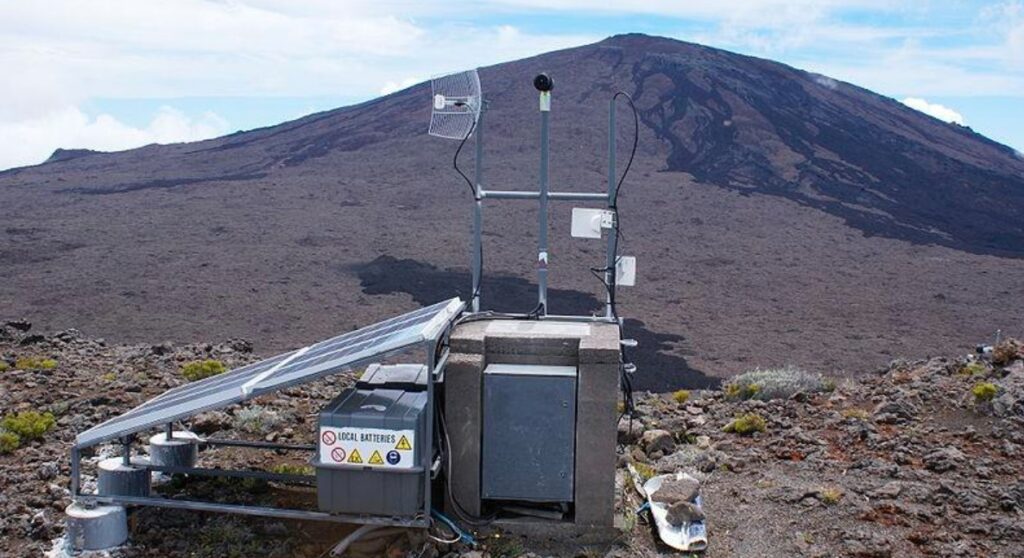
In light of Mount Edgecumbe’s recent signs of activity, local authorities and residents are working to prepare for the possibility of an eruption. Evacuation plans, early warning systems, and emergency response teams are all part of the ongoing effort to safeguard public safety. Scientists are also working to better understand the volcano’s behavior, using data from seismic activity, gas emissions, and ground deformation to predict any upcoming eruptions. Preparation is key in ensuring that if the volcano does awaken, the region can respond effectively.
The Volcano’s Uncertain Future
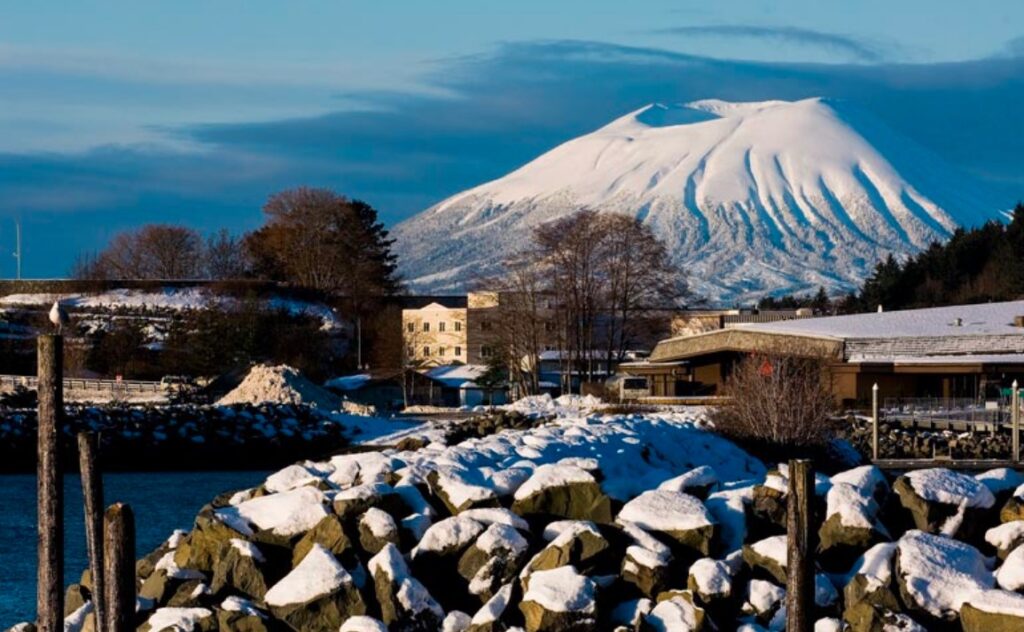
Mount Edgecumbe, dormant for over 800 years, has become a focal point of scientific study due to its recent signs of volcanic activity. While it remains uncertain when or if the volcano will erupt again, its potential for future activity cannot be ignored. As researchers continue to monitor its behavior, local communities remain vigilant and prepared for any eventuality. Mount Edgecumbe’s awakening, though unpredictable, serves as a reminder of the ever-changing nature of the Earth and the ongoing need for vigilance in the face of natural hazards.
Sources:
Note: This article has been updated with correct information.
Stay connected with us for more stories like this! Follow us to get the latest updates or hit the Follow button at the top of this article, and let us know what you think by leaving your feedback below. We’d love to hear from you!







